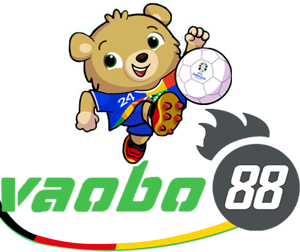If you don’t explore the meaning of the Chắn cards, you will miss out on an intriguing aspect of this game, which is considered extremely selective.
Not only will you lose a way to remember Chắn cards, but you will also miss out on numerous skills to play Chắn well and conquer this challenging game more easily.
If you want to overcome that, this is your opportunity when you join reputable Chắn for rewards.
Origin of Chắn cards
As mentioned in the previous series of guides for Chắn players, I have stated that Chắn is derived from Tổ Tôm cards – a type of card that was extremely popular in Northern Vietnam in the past.
They have been simplified by removing 20 cards, so compared to the 120 cards of Tổ Tôm, Chắn cards reduce by 20 cards from the following ranks: Nhất (Văn / Vạn/ Sách) – Lão – Thang.
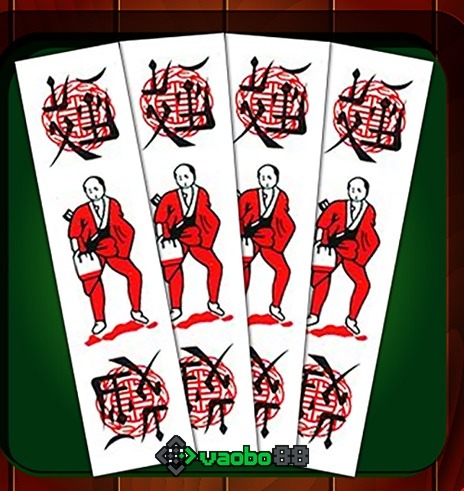
Although it has been simplified significantly, compared to modern gambling styles, Chắn cards are still considered “extremely complex,” convoluted, and difficult to remember.
Yet, up to this point, this game has become popular and is attracting a lot of attention, especially among the youth.
The reason may stem from the fact that this is an intellectual game, requiring a sense of conquest, keen observation, and cunning in gameplay.
Structure of the Chắn deck
On a Chắn card, it can be divided into 3 parts: the number, the text, and the image.
The number part can be considered the value of the card, the text part is the suit, and the image part is not related to the card’s value but its meaning is extremely interesting.
The current Chắn deck has only 100 cards belonging to 8 ranks: Nhị – Tam – Tứ – Ngũ – Lục – Thất – Bát – Cửu, divided into 3 suits: Vạn – Sách – Văn.
They combine to form 24 cards, each card has 4 identical copies, creating 96 regular cards. Adding 4 Chi Chi cards makes up the 100 Chắn cards currently in use.
The difficulty of this card game lies in recognizing the cards because they are written in Hán Nôm characters, and newcomers may find it hard to distinguish them.
So make sure you know the way to remember Chắn cards, as it will be a great skill to help you change the game.
Full meaning of Chắn cards
The meaning of Chắn and Tổ Tôm cards is the same because Chắn uses exactly 100 cards out of the 120 cards of Tổ Tôm, and below are the most notable points.
a) Meaning of each Chắn card by number
As mentioned, the number part has 8 numbers divided into ranks from 2 to 9. Since the Chắn cards use Chinese characters to denote numbers instead of Roman numerals, you can remember them in a pictorial way:
- Nhị has 2 strokes, Tam has 3 strokes.
- Tứ is square-shaped.
- Ngũ is shaped like a kneeling person.
- Lục has two legs.
- Thất is shaped like the letter “t”.
- Bát is quite similar to the letter “b”.
- Cửu is shaped like the letter “h”.
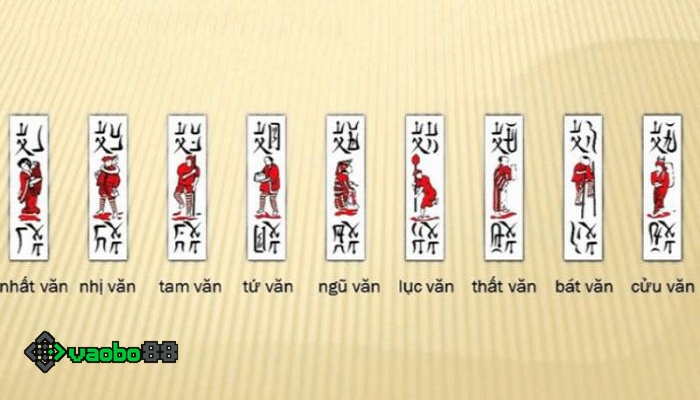
Just by memorizing these characteristics, you can learn how to play, block, and some ways to declare ù.
b) Meaning of Tổ tôm cards according to the text
For the text part, the easiest way to remember is with the folk descriptions “Sách Loằng Ngoằng”, “Vạn Vuông”, “Văn Chéo”.
c) Meaning of the Chắn cards according to the images:
It may seem unrelated, but once you know the meaning behind it, you’ll find it incredibly interesting.
In the deck, you can see 18 men, 8 of whom have uniquely bound feet, along with the appearance of 4 women, children, and iconic images like carp and cherry blossoms.
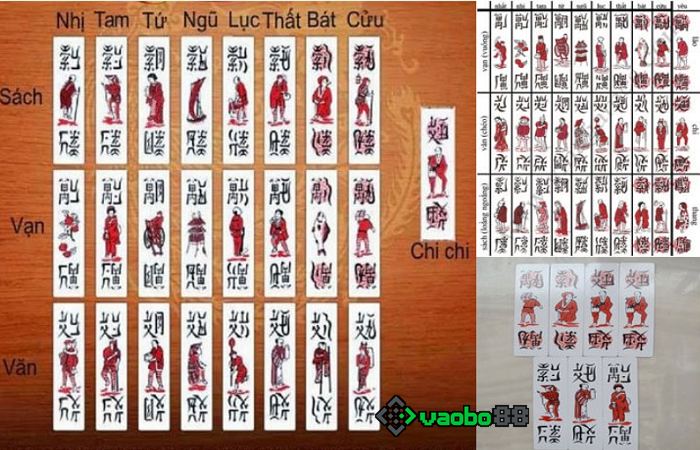
The images are the distinctive features that convey the meaning of the Chắn cards.
They reflect the lives of the people, with the hierarchy of social classes.
- For example, Cửu Vạn represents the lowest class, struggling to make a living.
- Bát Sách depicts a woman who may have a more leisurely life.
- Tứ xe bò represents the hardworking manual labor class…
You should download the offline Chắn game for PC to practice memorizing the cards. It’s an extremely effective way to train.
Recognizing Chắn cards by their imagery
By learning the names according to the imagery of the cards, you will understand even more about the meaning of the Chắn cards:
- Chi chi: Also known as Cụ Nhất, Dạng Háng, representing the ruling class, the upper echelon.
- Nhị Vạn: Also known as Hoa Rơi, Hoa Anh Túc, Nhị Đào.
- Nhị Văn: Known as Quàng Khăn. The middle class, intellectuals.
- Nhị Sách: Also called Chống Gậy, Ăn Mày, Nhị Thái Bình.
- Tam Vạn: Tam Tôm, Tam Hà Nội.
- Tam Văn: Also known as Tam Tôm.
- Tứ Vạn: Known as Tứ Xe Bò, Tứ Xe hơi.
- Tứ Sách: Also known as Tứ Bình, Tứ Đĩ.
- Tứ Văn: Known as Tứ Bưng Bô.
- Ngũ Vạn: Known as Ngũ Đình, Ngũ Chùa, Chùa Bộc..
- Ngũ Sách: Also known as Ngũ Thuyền, Thuyền Tình.
- Ngũ Văn: Also known as Chi Ngồi.
- Lục Vạn: Known as Lục Cuốc, Cuốc Đất.
- Lục Sách: Also known as Đông Con.
- Lục Văn: Also known as Lục Vân Tiên, Chọc Bưởi.
- Thất Văn: Also known as Thất Tôm, Mọt Sách.
- Bát Vạn: Carp, Swimming Fish.
- Bát Văn: Bát Cà Kheo.
- Cửu Văn: Snake Catcher.
- Cửu Sách: Lantern Bearer, Lantern.
- Cửu Vạn: Porter.
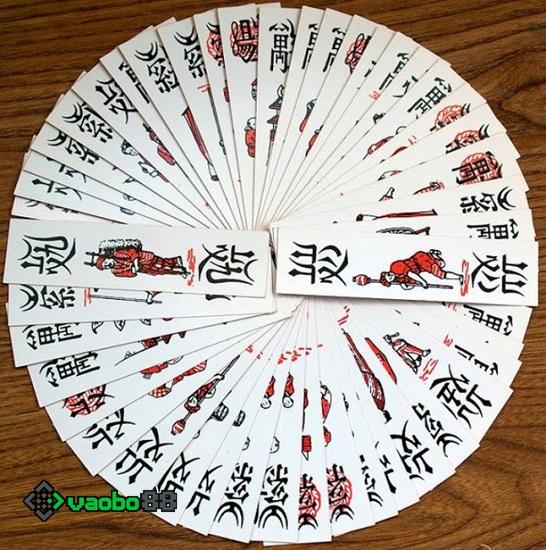
Conclusion
Understanding the meaning of Chắn cards will give you a realistic picture of that time. At the same time, it also helps you know how to arrange Chắn cards quickly better than your opponent.
Although it may not fully and clearly depict everything, it is still a beautiful tradition that we should know and preserve.
Especially through this, we can also remember the card formations and rules of the game more easily.

